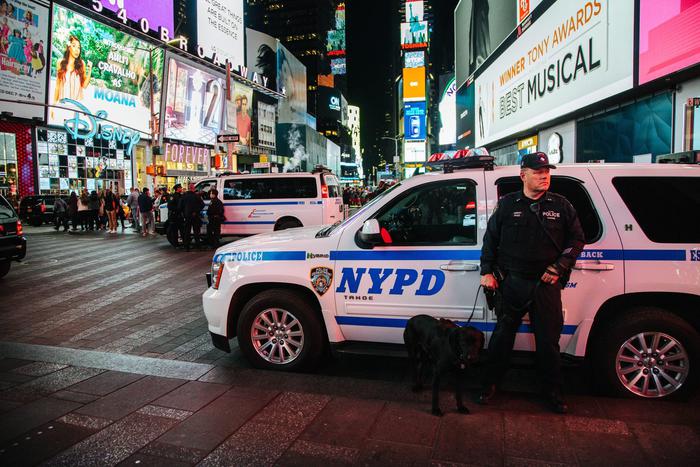An audit administered by the New York City Comptroller’s office shows that the NYPD’s ShotSpotter technology has a high rate of faulty alerts, sending officers to wrong locations; the audit cites more than a thousand instances where these errors occurred.
ShotSpotter is an auditory gunfire location and detection technology that employs over 2,000 acoustic sensors to detect gunshot activity as a means of assisting NYPD in locating unsuspected gunfire throughout the five boroughs.
According to the Comptroller’s office, ShotSpotter only identifies confirmed shootings 13 percent of the time. The audit also found that the NYPD “substantially overstates” the reduction in response times achieved by using ShotSpotter.
“ShotSpotter claims to be ‘a proven detection system’ that is ‘faster and more accurate,’ but our audit found that 87 percent of the time, ShotSpotter is sending NYPD officers in response to loud noises that don’t turn out to be confirmed shootings,” said Comptroller Brad Lander in a public statement. “The evidence shows that NYPD is wasting precious time and money on this technology and needs to do a better job managing its resources. Chasing down car backfires and construction noise does not make us safer.”
For the eight months in 2022 and 2023 reviewed by the audit, the unconfirmed shootings ranged from 80% to 92% of ShotSpotter alerts, sending officers to investigate 7,262 incidents where a shooting was never confirmed.
Under their contract with the NYPD, the primary metric for ShotSpotter performance is to avoid “missed incidents,” and it is expected to report 90% or more of probable shooting. The Comptroller’s office reports that this is likely the main reason for the technology’s mistakes, as it is programmed with a strong incentive to overreport loud noises that turn out not to be confirmed gunfire.
More than 150 cities across the country currently use the technology, according to ShotSpotter. Some major cities such as Chicago, Atlanta, and Portland have decided against using it, with city officials and other advocates describing it as “expensive, racially biased and ineffective.”
Comptroller Lander made five recommendations to the NYPD on how to address the audit results. The department rejected three and accepted two, outlining its reasoning in a seven-page response included at the end of the audit.
These include following up with ShotSpotter Inc. on coverage areas where the sensors did not meet the current contractually obligated standard, and to pay its invoices within 30 days, as mandated by procurement rules.












